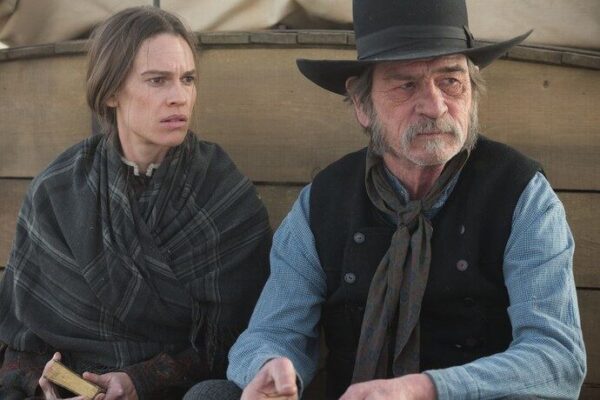The Homesman, a 2014 film directed by Tommy Lee Jones, follows the story of Mary Bee Cuddy, a strong-willed woman played by Hilary Swank. The movie is set in the 1850s Midwest and tells the tale of Mary’s journey to transport three mentally ill women back to civilization. George Briggs, portrayed by Tommy Lee Jones himself, joins her on this challenging expedition.
The Homesman delves into themes of loneliness, resilience, and the harsh realities of life on the frontier. Mary Bee Cuddy’s character defies traditional gender roles of the time, showcasing a woman who is resourceful and determined, capable of taking on daunting tasks with courage and grace.

Throughout the film, the relationship between Mary and George evolves from one of necessity to a deep bond built on mutual respect and understanding. Their journey is not just a physical one but also an emotional and psychological one, as they confront their own demons and find solace in each other’s company.
The cinematography in The Homesman captures the rugged beauty of the American wilderness, serving as a stunning backdrop to the characters’ emotional journeys. The film’s pacing is deliberate, allowing viewers to immerse themselves in the world of Mary and George as they navigate the challenges they face along the way.

The Homesman is a poignant and thought-provoking exploration of the human spirit and the power of connection. It offers a glimpse into the struggles of individuals grappling with mental illness in an unforgiving environment, highlighting the importance of empathy and compassion in the face of adversity.
In conclusion, The Homesman is a cinematic gem that leaves a lasting impact on its audience, thanks to its stellar performances, evocative storytelling, and striking visuals. It is a testament to the resilience of the human spirit and a reminder of the enduring power of human connection in the most unlikely of circumstances.





